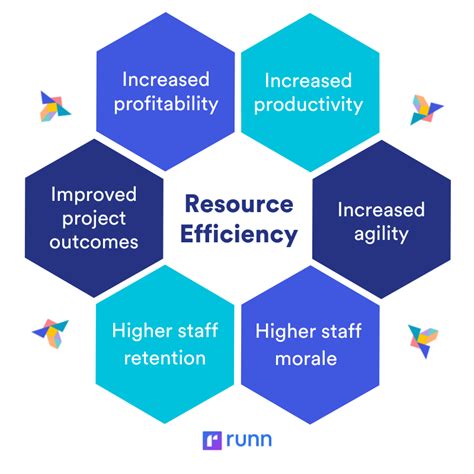Optimizing Energy Use in Cryptocurrency Mining Farms Using AI
As the use of cryptocurrency mining continues to grow, one of the most pressing concerns is the energy consumption required to power these farms. The growing demand for cryptocurrencies such as Bitcoin and Ethereum has led to a significant increase in electricity consumption worldwide, with some estimates suggesting that over 100 Exahash (EH/s) of energy is needed to mine just 1 BTC.
The Problem: High Energy Consumption
Currently, the energy consumption of cryptocurrency mining farms is largely dependent on human labor, which not only leads to high operating costs but also contributes to greenhouse gas emissions. The use of traditional cooling systems can be inefficient and expensive, resulting in substantial losses for mining farms.
AI-based optimization solutions
To address this challenge, researchers and developers are exploring the use of artificial intelligence (AI) technologies to optimize energy use on cryptocurrency mining farms. AI-based solutions can analyze large amounts of data from various sources, such as sensor readings, cooling system performance, and weather patterns, to identify patterns and predict energy use.
AI optimization strategies
- Predictive energy forecasting: AI algorithms can analyze historical data on temperature, humidity, and other environmental factors to predict when the farm will require more electricity, enabling the implementation of efficient cooling systems or alternative energy sources.
- Real-time optimization


: In real-time, AI-based systems can monitor energy usage at various stages of mining, adjusting settings such as fan speeds, ventilation rates, or even switching to a different type of coolant to optimize performance and reduce waste heat.
- Machine learning-based energy management: AI-based machine learning algorithms can learn the optimal cooling configuration for each stage of mining and predict when it will be needed based on historical data and real-time sensor readings.
- Energy-efficient cooling systems: AI-based design optimization enables the development of energy-efficient cooling systems that are more efficient at cooling cryptocurrency batteries than traditional systems.
Benefits of Energy Usage Optimization
By implementing AI-based optimization solutions, cryptocurrency mining farms can:
- Reduce energy costs: By predicting when the farm will require more electricity and adjusting settings accordingly, miners can reduce energy costs and minimize waste heat.
- Improve efficiency: Real-time AI-based monitoring enables optimization of cooling systems, ensuring each stage of mining is performed efficiently to avoid overheating or undercooling.
- Improve sustainability: By reducing energy consumption, farmers can reduce their carbon footprint and contribute less to greenhouse gas emissions.
Conclusion
Optimizing energy usage on cryptocurrency mining farms using AI is a critical step towards sustainable and efficient mining operations. By leveraging the power of machine learning and data analytics, miners can reduce energy costs, improve efficiency, and minimize waste heat. As cryptocurrency demand continues to grow, it is essential for miners to adopt innovative solutions such as AI-based optimization to meet the growing energy demand while maintaining a positive environmental impact.
Future Research Directions
While significant progress has been made in optimizing energy use in cryptocurrency mining farms using AI, there are several areas that require further research:
- Integration with Existing Cooling Systems: Developing AI-based cooling systems that can seamlessly integrate with existing infrastructure is essential for widespread adoption.
2.
PRIVACY SECURE CRYPTO TRANSACTIONS
